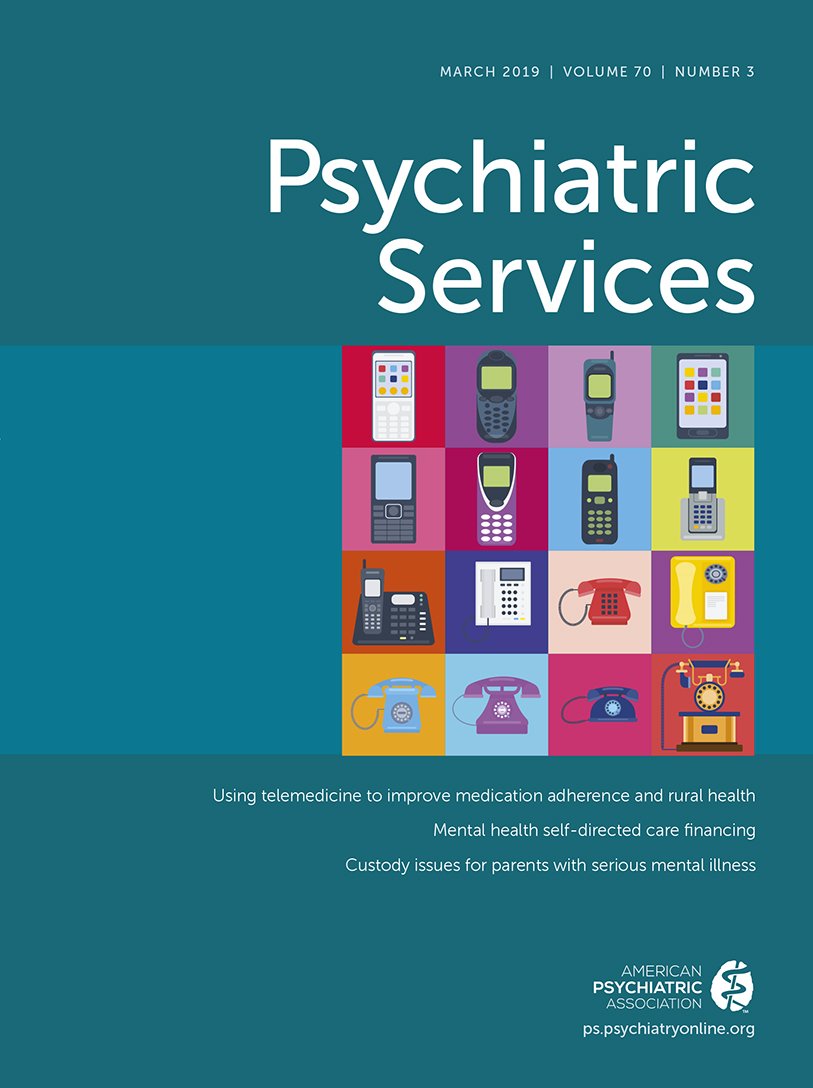Malingering in the Psychiatric Emergency Department
TO THE EDITOR: Having read the recent article by Rumschik and Appel (1), I was struck by the high rate of suspected malingering. The authors reported that one-third of psychiatric emergency department (ED) patients were suspected of malingering, with the majority “strongly or definitely suspected of malingering.” This finding is unsurprising to me, having practiced emergency and crisis psychiatry for several years in a large urban setting. Many of our patients were known or suspected to be feigning acute psychiatric symptoms in the service of obtaining admission to treat their substance use disorders, for which they otherwise could not find care. Given the dearth of options available to them, they found themselves in crisis, with nowhere to turn other than the hospital ED. Although care may have improved since I last practiced in the emergency setting, there still is no “treatment on demand” for substance use disorders, at least where I currently practice.
Given the high prevalence of substance use disorders in the psychiatric emergency setting (2), one would think that consideration of substance use as a motivator for seeking psychiatric admission would have been high on the differential diagnosis for such a setting. Yet the terms “drug use,” “substance use,” and “addiction” appear nowhere in the article. More surprising to readers of Psychiatric Services might be the bizarre and counterintuitive position taken for many years by the American College of Emergency Physicians that “routine urine toxicology screens for drugs of abuse in patients who are awake, alert and cooperative do not affect ED management and should not be performed as a part of the ED assessment” (3). It is hard to imagine that any medical condition with an incidence as high as 1 in 3 would be ignored by our colleagues in emergency medicine, yet that is what this policy position does.
Until substance use disorders are treated as medical problems on par with schizophrenia and mood disorders, and as no different from poorly managed diabetes or acute chest pain, patients with behavioral emergencies may continue to suffer inadequate care at the hands of ED physicians.
1 : Malingering in the psychiatric emergency department: prevalence, predictors, and outcomes. Psychiatr Serv (Epub Dec 10, 2018). doi: 10.1176/appi.ps.201800140Google Scholar
2 : Alcohol and drug use disorders among adults in emergency department settings in the United States. Ann Emerg Med 2012; 60:172–80.e5. https://www.sciencedirect.com/science/article/pii/S0196064412001308Crossref, Medline, Google Scholar
3 : Emergency Medicine Practice Management and Health Policy: Psychiatric Patients in the Emergency Department. https://www.acep.org/how-we-serve/sections/emergency-medicine-practice-management--health-policy/news/september-2015/psychiatric-patients-in-the-emergency-department/#sm.000q0jd715jmfb1119d11cc0boauw. Accessed Dec 11, 2018Google Scholar



